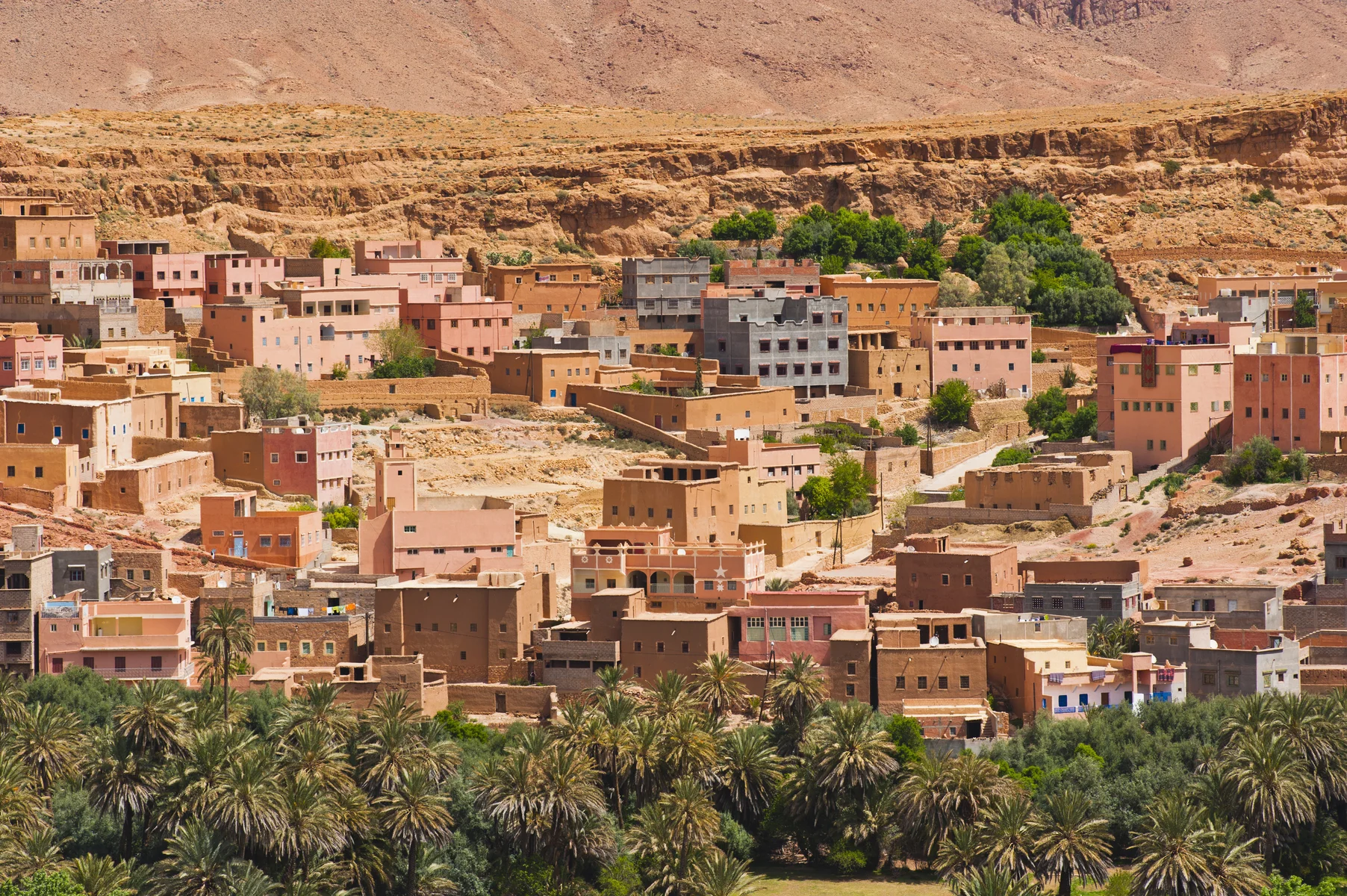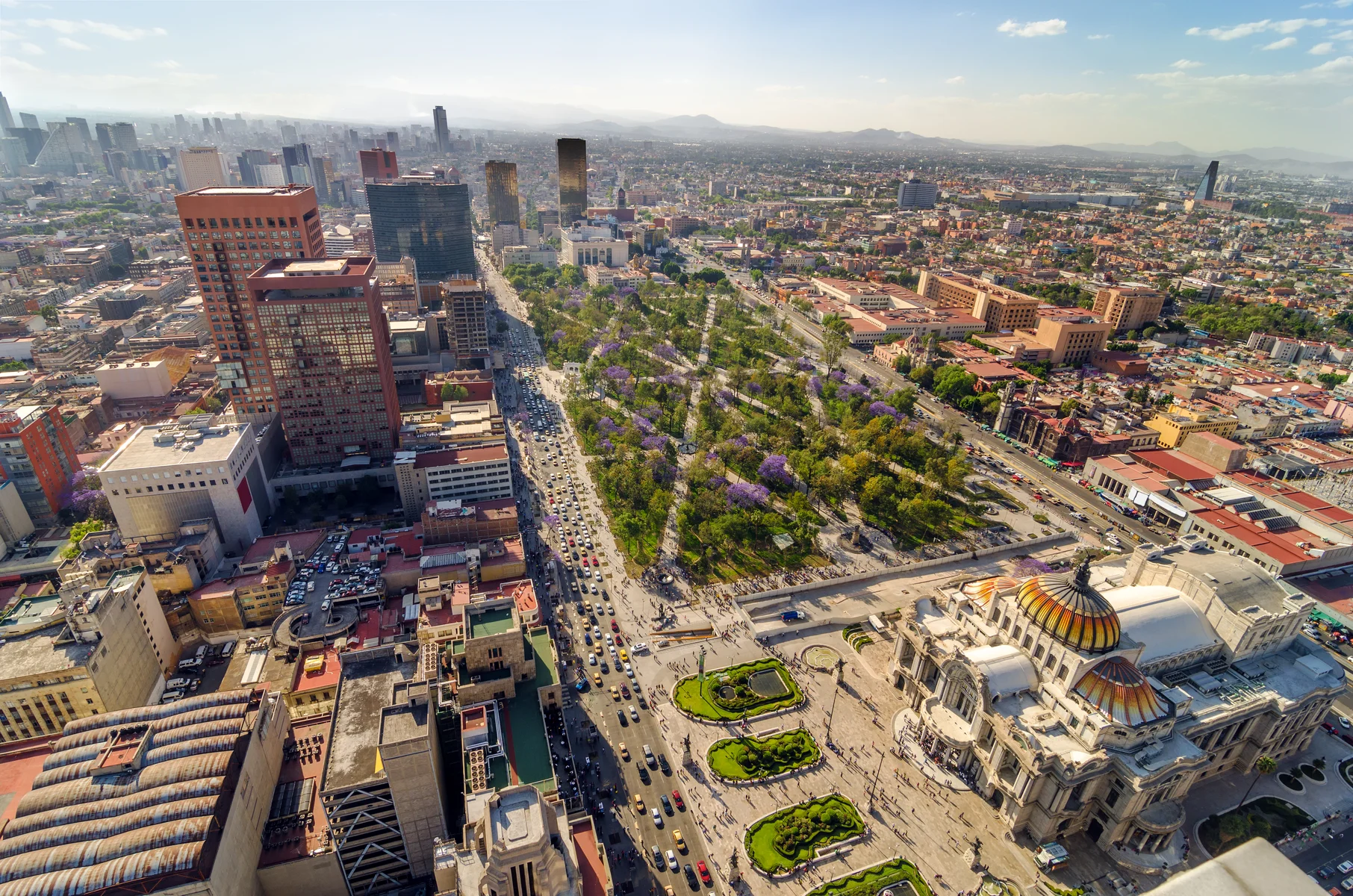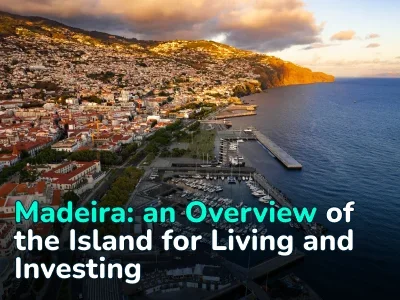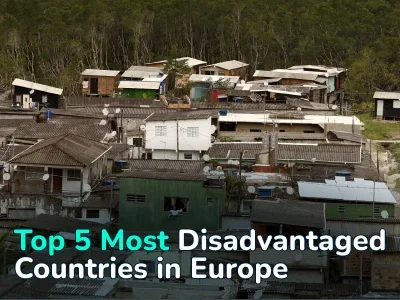
Cheapest Countries to Live in: Where You Can Live Comfortably From $300–900/Month
Many people consider relocating to countries where one can live comfortably on income earned abroad. This is particularly relevant for freelancers, remote workers, retirees, and investors. However, a low cost of living doesn’t come out of nowhere and is often accompanied by a range of drawbacks.
We have made a list of countries with a low cost of living, grouped by region: Asia, Africa, Latin America, and Europe. For each country, we’ve listed housing, food, and transportation expenses, along with pros and cons, to provide a realistic picture of what to expect when relocating.
Top Cheapest Countries by Region
In compiling this ranking, we focused on real-world data and the needs of people planning to relocate. The primary sources were cost-of-living indices from Numbeo and Expatistan, which provide information on prices for housing, food, transportation, and even the cost of visiting various establishments. However, affordability wasn’t the only criterion — we also evaluated countries based on visa accessibility, safety, and infrastructure quality (internet, healthcare, transportation).
Cheap Countries in Asia
Asia is one of the most affordable regions to live in. Excluding expensive destinations like Singapore, average monthly rent in many Asian countries ranges from $100 to $300. However, low cost often comes with challenges such as overcrowded cities, language barriers, or seasonal inconveniences. Here are five countries most suitable for relocation:
Vietnam ($300—600/month). In Hanoi and Ho Chi Minh City, a one-bedroom apartment rents for $150–300. A bowl of pho on the street costs $1–2, and a bus ride is less than $1. The internet is fast, and 90-day visas are relatively easy to obtain. Downsides include noisy cities, limited English proficiency, and humid, windy weather during the rainy season.
India ($200—500/month). In places like Goa or Jaipur, apartments rent for $100–200, meals at budget cafés cost $0.5–2, and a rickshaw ride is $0.2–1. English is widely spoken, though mostly in large cities and tourist zones. The biggest issues are traffic and the lack of road etiquette, with congestion common even in small towns. It’s safer to eat at restaurants offering European-style cuisine, as traditional Indian dishes may not suit everyone’s digestive system.
Thailand ($400—700/month). Thailand is among the most foreigner-friendly countries. In Chiang Mai, rent ranges from $200–400, street food costs $1–3, and a motorbike — the main mode of transport — can be rented for around $50/month. However, popular places like Phuket are getting more expensive, traffic congestion is a concern, and the summer heat can be exhausting.
Indonesia ($400—700/month). In Bali, renting a villa or apartment costs $200–400, meals at local cafés are $1–3, and scooters go for about $50/month. That said, tourist areas are overcrowded, and internet connectivity outside Bali is unreliable. Indonesia is suitable for long-term living, but preferably outside major tourist zones, where rising demand is prompting authorities to restrict housing access for foreigners.
Nepal ($200—400/month). Nepal, one of the most mountainous countries in the world, suits those who truly love high-altitude living. In Kathmandu, rent is $100–200, while food and transport generally stay under $1–2. Unfortunately, due to the terrain, infrastructure development is expensive. Nepal is not a wealthy country, which affects internet quality and the availability of services, particularly outside Kathmandu.

Cheap Countries in Africa
African countries are global leaders in terms of low cost of living. However, in many cases, this affordability is a direct result of weak economies and low living standards. Still, there are notable exceptions:
Morocco ($400—700/month). In cities like Rabat and Marrakech, apartment rentals range from $200 to $400. Due to the country’s proximity to Europe, obtaining a 90-day visa is relatively easy. However, Arabic and French are the dominant languages, especially in day-to-day interactions. Major cities are preferable for relocation, as they offer higher safety levels for foreigners.
Tunisia ($300—600/month). Rent in Tunisia typically costs $150–300, and other daily expenses are rarely over $1–3. The country is located on the Mediterranean coast, between Libya and Algeria, but enjoys a more stable economy and political environment. That said, English is not widely spoken, which can make paperwork and even simple shopping difficult at times.
Ghana ($400—800/month). A former British colony, Ghana has a relatively high English proficiency — around one-third of the population speaks it. In the capital, Accra, rent ranges from $200–400, while in more remote areas, it’s possible to find housing for $100–150. However, regions far from the coast often suffer from poor internet access, and the healthcare system is underdeveloped, posing risks especially for retirees.
Kenya ($400—700/month). Another English-speaking African country, Kenya, maintains relative political stability despite its proximity to Somalia and Ethiopia. In Nairobi, apartment rentals range from $200–400. Mombasa, a popular alternative, has slightly higher costs — $300–500. However, outside major cities and coastal areas, crime can be an issue.
Uganda ($300—600/month). Uganda borders Kenya and is landlocked, but it’s home to Lake Victoria — Africa’s largest and the world’s second-largest freshwater lake. In the capital, Kampala, rent costs $150–300 and is easy to find thanks to widespread English. On the downside, the internet is slow, roads are in poor condition, and power outages are frequent.

Cheap Countries in Latin America
Latin America is known for its warm climate and low cost of living. However, not all countries in the region are suitable for expats, primarily due to high crime rates.
Ecuador ($400—700/month). Ecuador is a small country on the western coast of South America. In Quito or Cuenca, rent costs $200–400, meals at local eateries are $2–4, and a bus ride is $0.30–1. The U.S. dollar is the official currency, which is a major advantage, but English is not widely spoken — at least a basic level of Spanish is necessary. Ecuador’s crown jewel is the Galápagos Islands. On Santa Cruz Island, prices are higher than in Quito ($350–600), but the climate (22—24°C) and environment (national park and surrounding ocean) are significantly better.
Peru ($400—700/month). Just south of Ecuador is Peru, famous for the Andes Mountains and Incan ruins, including Machu Picchu. In Lima or Arequipa, rent costs $200–400, local dishes like ceviche go for $2–4, and minibus fares are $0.50–1. While the country is affordable, traffic in Lima is exhausting, and earthquakes are frequent — both are significant drawbacks.
Colombia ($500—800/month). Colombia is the fifth-largest country in South America and is widely considered one of the most beautiful. Rent in Medellín is $250–500, and the lack of distinct seasons makes it a comfortable place for long-term living. Although the government has made significant efforts to improve public safety, it’s best to avoid remote areas far from major cities and tourist zones.
Mexico ($600—900/month). Mexico is a popular destination for American expats, thanks to its well-developed infrastructure and high standard of healthcare. In Guadalajara or Oaxaca, rent ranges from $300–600, which is very affordable compared to U.S. standards. However, some regions face serious crime issues, and the bureaucracy is often slow and corrupt.
Bolivia ($300—600/month). Bolivia’s main drawback is its lack of access to the ocean. This isn’t a major issue for those living near the Chilean border, though development in these mountainous areas is limited. In La Paz, rent costs $150–300. Although Sucre is the constitutional capital, most government institutions are located in La Paz. Much of the country lies at high altitudes — La Paz itself is 3,600 meters above sea level, which can result in poor internet connectivity and underdeveloped road infrastructure.

Cheap Countries in Europe
Europe is generally more expensive than other regions, with Western Europe leading in terms of cost. For this reason, we’ve selected one of the most affordable countries from each of the four subregions — Eastern, Western, Northern, and Southern Europe, resulting in a total of just four countries in this section.
Portugal ($600—900/month). Portugal is the only truly affordable option in Western Europe. In cities like Coimbra or Braga, rent ranges from $350 to $600, meals at local taverns cost $4–7, and a bus ticket is $1–2. Atlantic beaches, a mild climate, and solid infrastructure are major advantages. For non-EU citizens, obtaining a 90-day visa is relatively easy. One caveat: in Lisbon, prices are higher, and outside tourist zones, not speaking Portuguese can present difficulties.
Bulgaria ($450—750/month). Bulgaria is considered the cheapest country not just in Eastern Europe, but arguably in all of Europe, competing only with Romania. In Sofia and Plovdiv, rent costs $250–400, and these prices even hold on the Black Sea coast, which is rare for Europe. However, winters can be harsh, and the bureaucratic system is notoriously slow and inefficient.
Latvia ($600—900/month). Latvia is a budget-friendly option for Northern Europe. In Riga, rent is $350–600, but outside the capital, urban development is noticeably limited, and infrastructure in smaller towns leaves much to be desired.
Albania ($400—700/month). Often described as the hidden gem of Southern Europe, Albania offers very low living costs. Rent in Tirana or coastal Durrës is $200–300. However, the country’s infrastructure is underdeveloped, and English is not widely spoken, especially outside the main urban areas.

Summary
A low cost of living is a compelling reason to consider relocation, but not all cheap countries are suitable for a comfortable lifestyle. In some places, economic crises and currency devaluations create conditions where life becomes extremely affordable for foreigners with income in dollars or euros. However, such economic instability is already a strong argument against relocation.
For example, living in Turkey is inexpensive — rent in Istanbul or Antalya ranges from $200 to $500 per month — but soaring inflation of around 40% makes long-term stay unpredictable. The same applies to Argentina, where prices increase by as much as 100% annually. Nevertheless, time passes, and it’s possible that in the future, these countries will also join the list of top destinations for relocation.
Author
I write informative articles about real estate, investments, job opportunities, taxes, etc.























